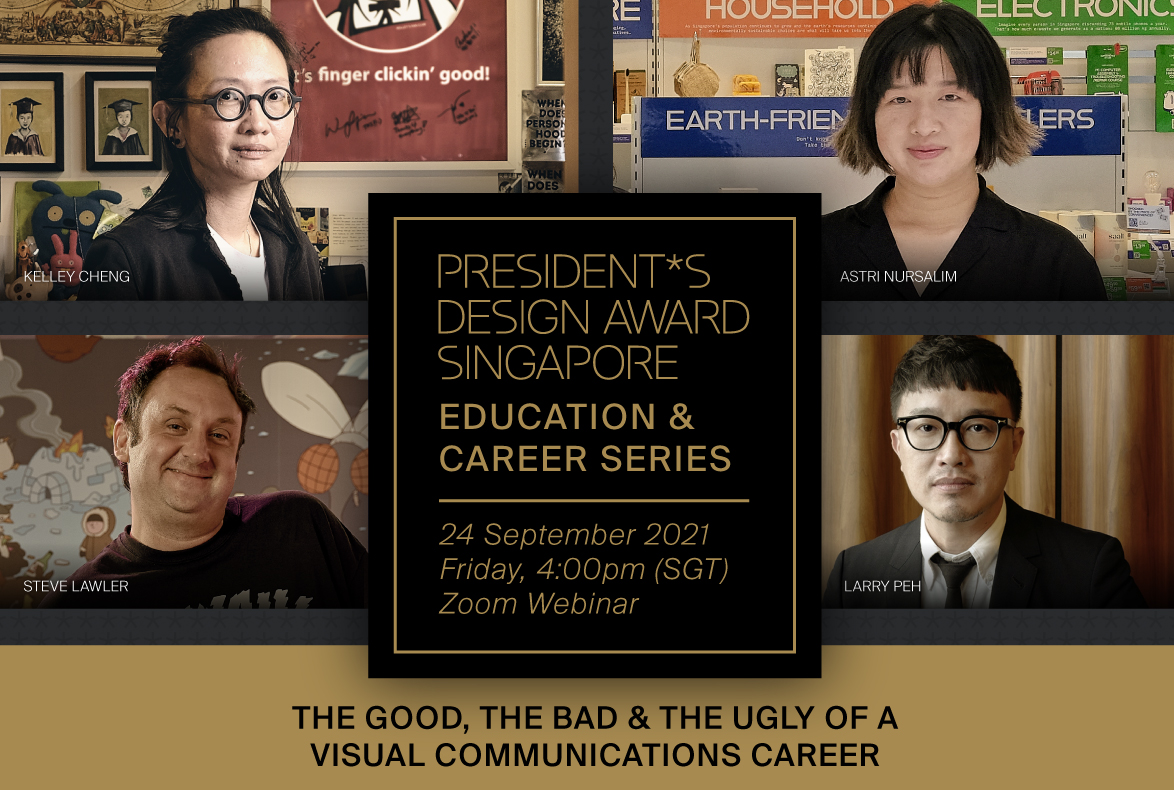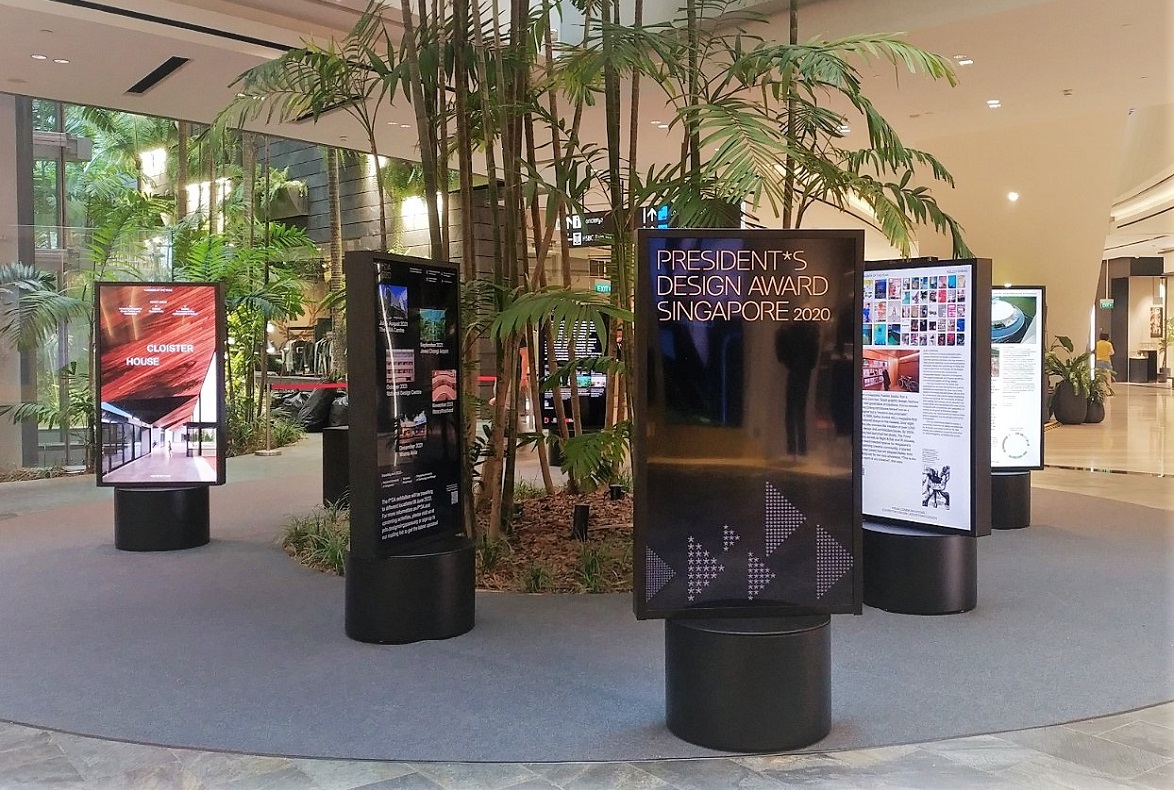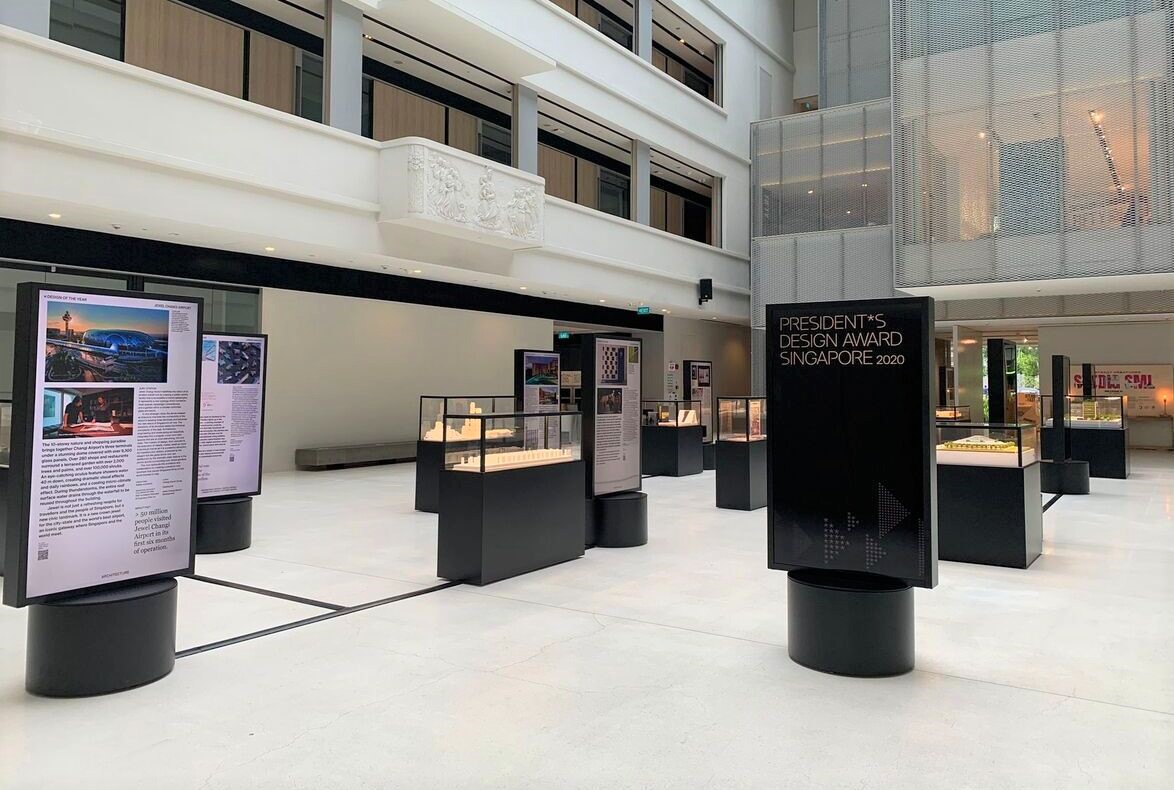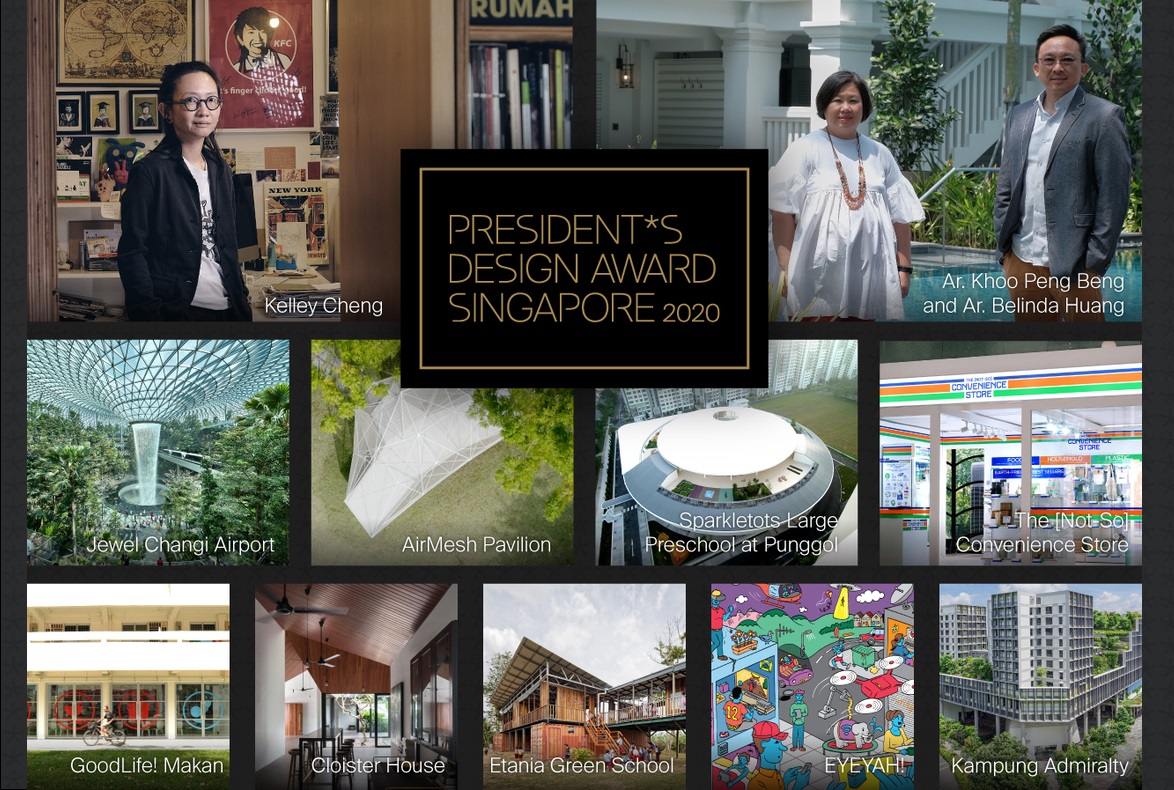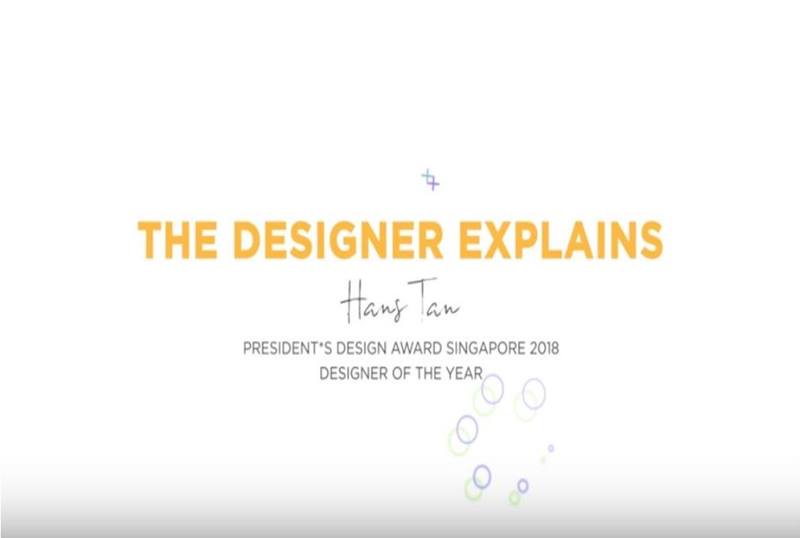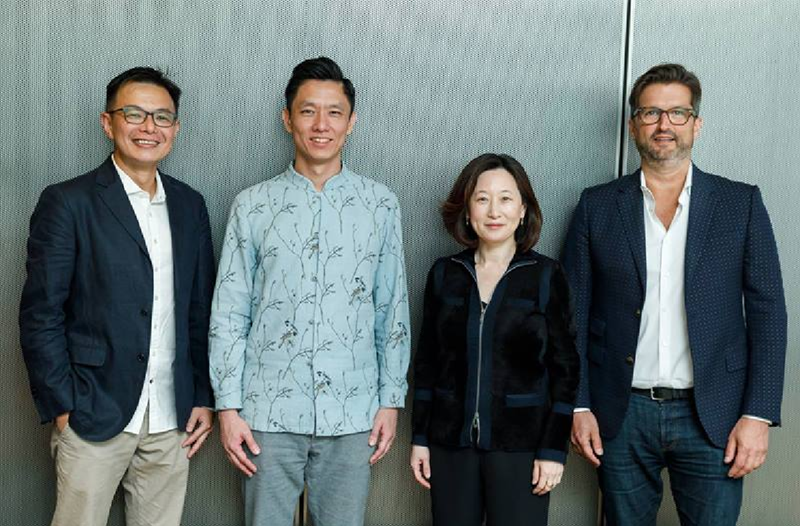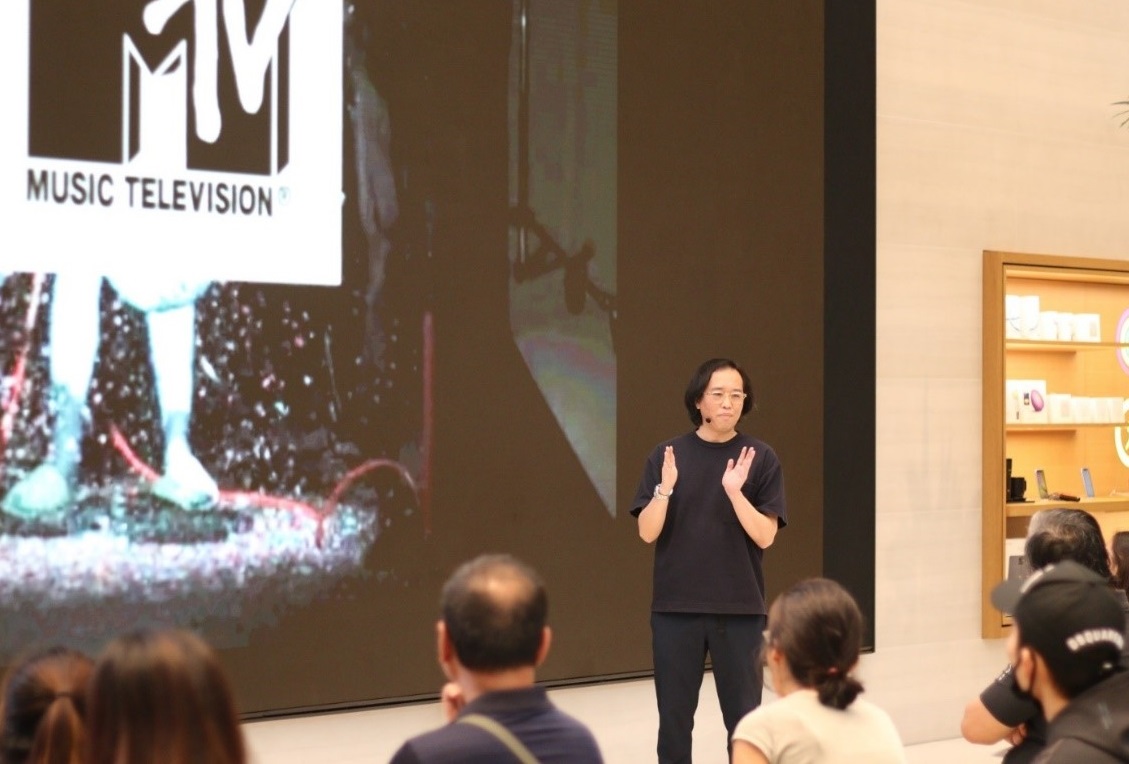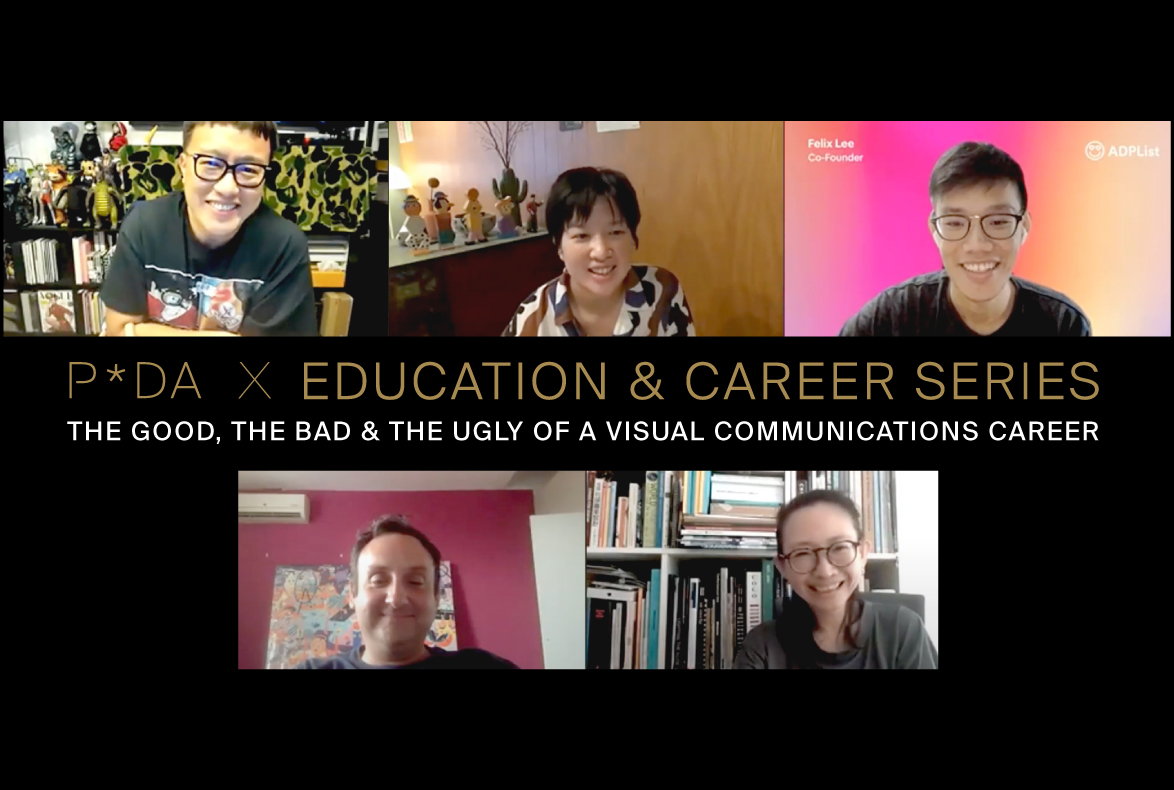
We hope you've enjoyed the first edition of the P*DA X Education & Career Series, "The Good, The Bad & The Ugly of a Visual Communications Career", which gives tertiary students and fresh graduates interested in a career on design an opportunity to dialogue with the recipients of Singapore's highest design accolade.
If you missed it, you can watch the webinar here!
Our recipients have also shared their responses to some thought-provoking questions posed by the audience!
1. How do I know that being a designer is the right career for me? It's a competitive field and it may not come naturally despite working very hard.
Kelley: It starts with the love to do something creative. Something as simple as doodling can become much bigger and it can go in so many directions in the creative field. You will know in your heart if you have that passion.
There is no right or wrong career. Ask yourself which career you can see yourself devoting your entire self to, and if you are willing to go through the joys and pains that come with it. No job is easy and it takes decades to become a good designer. Talent gives you a head start but hard work gets you further. If you are committed, I believe you can succeed in any profession, including design.
Larry: Other than hard work, which is a prerequisite in any career, ask yourself if you have a unique point of view. It takes talent to unlock what you can see that others can’t. Figure out what comes naturally and effortlessly to you.
Astri: Design is a field that you can do well in only if you really enjoy it. If you are willing to work very hard to hone your design skills, naturally your design will stand out. Ultimately, if you enjoy it, you’ll know that this is a career meant for you.
Steve: It’s okay if you don’t like graphic design. You can be creative in any field.
2. How do you keep your design inspiration alive after so many years, especially through tough times? Where do you get your inspiration from?
Kelley: Keeping my eyes open and following other designers (local and global) inspire me to do better every day. The desire to create beauty is a big driving force. As designers and service providers, we sometimes need to help our clients achieve their targets and address specific briefs. In my free time, I will create things I love just for myself, as a form of practice. Just the simple act of creating (without boundaries) makes me happy.
Inspiration really comes from everything, from the books we read, the movies we watch, the music we listen to, the sunset we soak in, and the nature we walk in. It is important to build an inner depository of experiences and visuals that I can draw upon when I create.
Larry: I believe it’s that same inner “voice” or unique point of view that wants the world to notice that keeps me going. Inspiration comes from the problems that you want to solve and the desire to create something that solves the bigger problems little by little.
Astri: It’s like using fertiliser in a garden – it’s better to look for inspiration regularly to keep the passion for design alive. My main sources of inspiration are movies, museums, exhibitions and books.
Steve: Just keep looking for what moves you.
3. I'm enthusiastic about all things design and have many interests and talents. How do I narrow down what to specialise in?
Kelley: If you are still young and exploring, keep an open mind. Try to get internships at studios of different design disciplines and see which suits you best. In fact, having many talents and being a “generalist” are huge assets as many design briefs now call for interdisciplinary solutions. You need not worry about narrowing down and focus on broadening your skills!
Larry: Easy. Imagine at any given day, you need to wake up and get back to work. What does that day look like?
Astri: You can either be a “specialist" or a “generalist”. If you have a specific calling or interest, you can be a “specialist”. If not, it’s also totally fine to do all kinds of design.
Steve: By the encounters you have in the outside world. For example, commissions, projects and gigs which are offered to you to take (or not).
4. I'm struggling to make my portfolio stand out. Do you have any practical tips on how to find your voice and make your work truly distinct?
Kelley: The strength of a portfolio depends on the works that are presented in it. Focus on making great works that are also distinct from one another. This will help you to see what you do best or what you like best, thus helping you find your voice.
Building a solid portfolio will make you noticeable to potential employers. To achieve great works, you must be willing to work very hard, test new ideas, train your eye and refine your skills.
Larry: Look outside your work for ideas. For example, find an artist on Spotify, look closely at who they are and how they can be summarised into a single line/word, i.e. their “essence”. Then look at how they dress, style, design, carry themselves and perform. Think about how they make you feel. Finally, imagine you are the artist that you want to be… start from there.
Astri: Think of yourself as a product. Decide what your unique selling point is and tell your story from there. Quality over quantity – only put the work that you’re proud of. Finally, before you hit send: take a double, even triple look, how can you make it better?
This event is part of the P*DA X Education & Career series
Organised by the President*s Design Award in partnership with DesignSingapore Council and Urban Redevelopment Authority. Supported by the National Design Centre.
